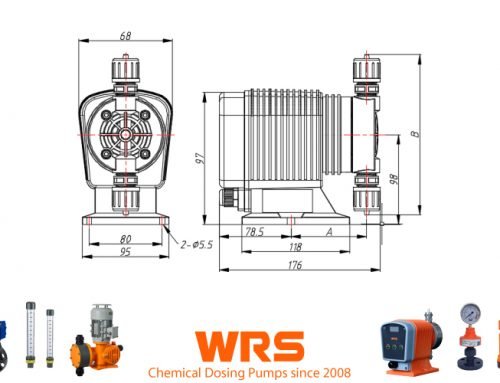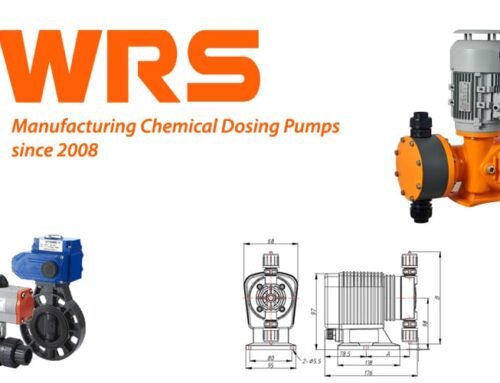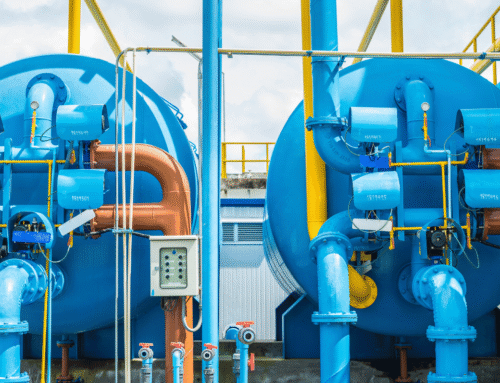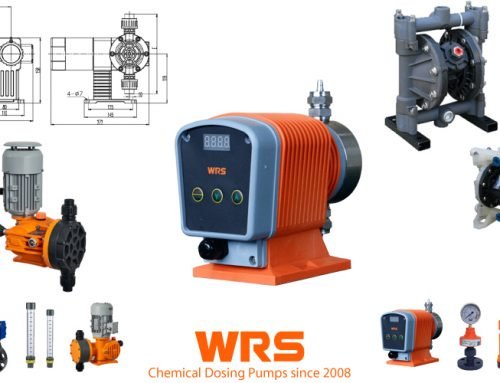Precision in fluid handling is the backbone of numerous industries. Among the many tools designed to achieve accuracy and reliability, the peristaltic dosing pump stands out as one of the most adaptable and efficient.
This pump has earned a reputation for its simple design, hygienic operation, and ability to handle a wide variety of liquids.
Therefore, in this article, we will examine how peristaltic dosing pumps operate, their key advantages, common applications, and why they are an ideal choice for industries where consistency and cleanliness are paramount.
What Is a Peristaltic Dosing Pump?
A peristaltic dosing pump is a type of positive displacement pump that operates by compressing and releasing a flexible tube or hose. Inside the pump, rotating rollers or shoes squeeze the tubing in sequence, pushing fluid forward in a controlled manner. Once the roller passes, the tubing rebounds to its original shape, creating suction that draws in more liquid. This repeating action mimics the natural peristalsis that occurs in biological systems, such as the human digestive tract.
Unlike other pumps that rely on seals, valves, or diaphragms, a peristaltic dosing pump only comes into contact with the fluid through the tubing itself. This design greatly reduces contamination risks and makes the pump exceptionally versatile for sensitive or aggressive liquids.
Key Features and Benefits
The popularity of peristaltic dosing pumps comes from several clear advantages:
1. Accurate and Repeatable Dosing
These pumps deliver precise, reliable doses, maintaining exact fluid volumes with each rotation. Their consistent displacement ensures trusted accuracy for dosing tasks where precision is crucial.
2. Hygienic and Contamination-Free
Since the fluid never comes into contact with the pump components, only the inside of the tubing, contamination risks are virtually eliminated. This makes peristaltic pumps especially valuable in the food, beverage, and pharmaceutical industries where hygiene is paramount.
3. Compatibility with Aggressive Fluids
These pumps handle corrosive, abrasive, or viscous fluids without internal damage. Tubing can be selected for chemical resistance, enabling safe and flexible process adaptation.
4. Gentle Pumping Action
The pump’s gentle motion safeguards sensitive fluids, such as live cultures or proteins, from damage. This soft handling is essential for biotechnology and research applications.
5. Easy Maintenance
Maintenance is straightforward because the tubing is the only part in contact with the fluid. When wear occurs, replacing the tube is a simple and cost-effective process that often requires minimal downtime.
Common Applications of Peristaltic Dosing Pumps
The versatility of peristaltic dosing pumps makes them suitable for a wide range of industries and applications.
Water and Wastewater Treatment
In treatment facilities, peristaltic dosing pumps are used to add precise amounts of chemicals such as chlorine, sodium hypochlorite, or pH adjustment agents. Their accuracy ensures that water is safe for consumption or environmental discharge while avoiding chemical overdosing.
Food and Beverage Industry
From flavorings and colorants to yeast and enzymes, the food sector requires hygienic, reliable dosing systems. Peristaltic pumps maintain cleanliness and prevent cross-contamination, ensuring product safety and consistency.
Pharmaceutical and Biotechnology
Sterility and accuracy are non-negotiable in pharmaceutical production. These pumps enable the sterile transfer of liquids without risk of contamination, making them indispensable for dosing active ingredients, vaccines, or other sensitive formulations.
Agriculture and Fertigation
Farmers are increasingly relying on peristaltic pumps for precise dosing of fertilizers, pesticides, and nutrients in their irrigation systems. Accurate application improves crop yield while reducing chemical waste and environmental impact.
Chemical Processing
Peristaltic dosing pumps safely handle aggressive chemicals, reducing wear and tear on equipment. Their ability to manage corrosive liquids without leaks makes them a preferred choice in chemical manufacturing plants.
Choosing the Right Peristaltic Dosing Pump
Selecting the best peristaltic dosing pump depends on the specific application. Several factors should be considered:
- Flow Rate Requirements: Pumps are available in a wide range of flow capacities, from milliliters per hour for laboratory use to liters per minute for industrial operations.
- Chemical Compatibility: Selecting the appropriate tubing material is crucial for ensuring durability and safety when handling aggressive or corrosive fluids.
- Pressure Tolerance: While peristaltic pumps excel in low- to medium-pressure applications, high-pressure requirements may necessitate the use of reinforced tubing or alternative pump types.
- Automation and Control: Many modern peristaltic dosing pumps feature digital controls, remote monitoring, and integration with automated systems, offering better precision and operational efficiency.
Limitations to Consider
Peristaltic dosing pumps have some limitations. The tubing wears out over time and needs to be replaced regularly. They also work best at low and medium pressures, so they may not suit very high-pressure tasks. However, for industries that value hygiene, chemical compatibility, and accurate dosing, the advantages usually outweigh these drawbacks.
As industries demand more precision and automation, peristaltic dosing pumps are evolving to meet these needs. WRS Dosing is developing smarter pumps with advanced monitoring, self-calibration features, and predictive maintenance alerts. Improved tubing materials are also extending service life and expanding compatibility with more challenging fluids. Thus, if you need dosing pumps, please contact us for a consultation.







Leave A Comment